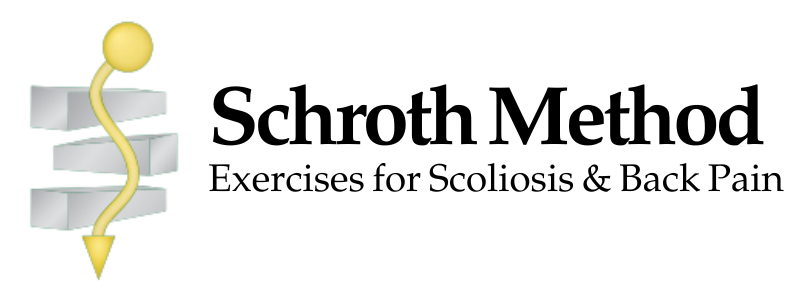Wrong Exercises Can Be Dangerous
Learn How to Guide Your Patients’ Exercises Safely
Scoliosis exercises must be individually customized for each patient.
Learn the Schroth Method and:
- Teach your patients individually targeted exercises
- Stop curve progression; reverse scoliotic curvatures — without surgery
- Eliminate patients’ pain and improve their posture for life
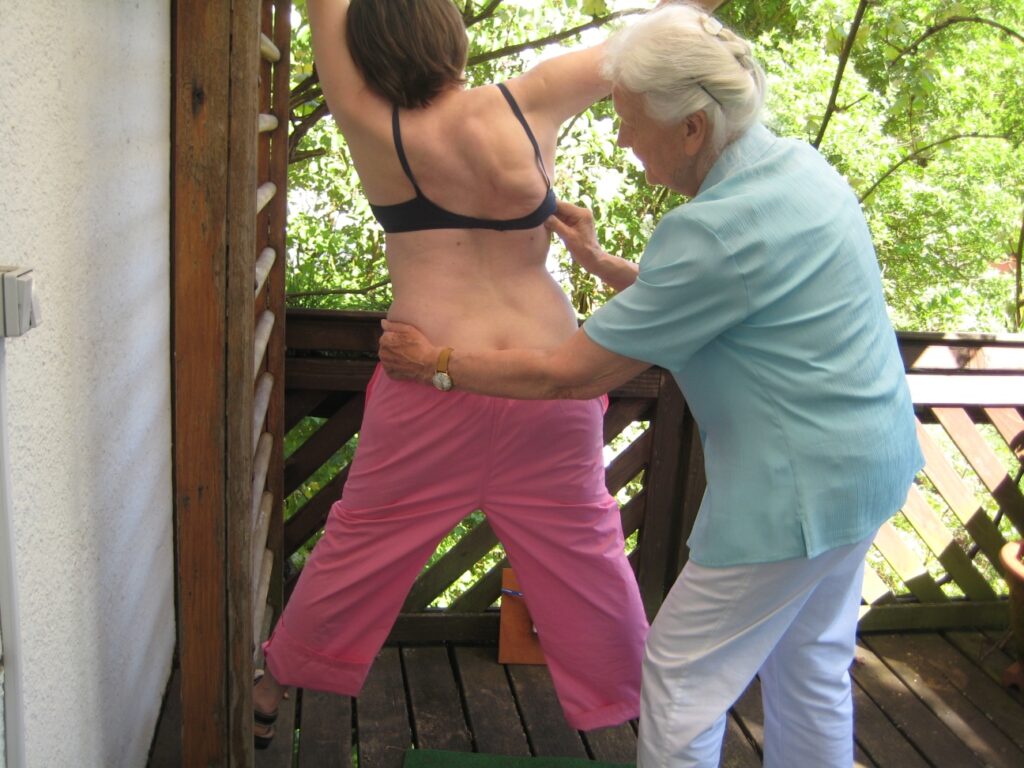
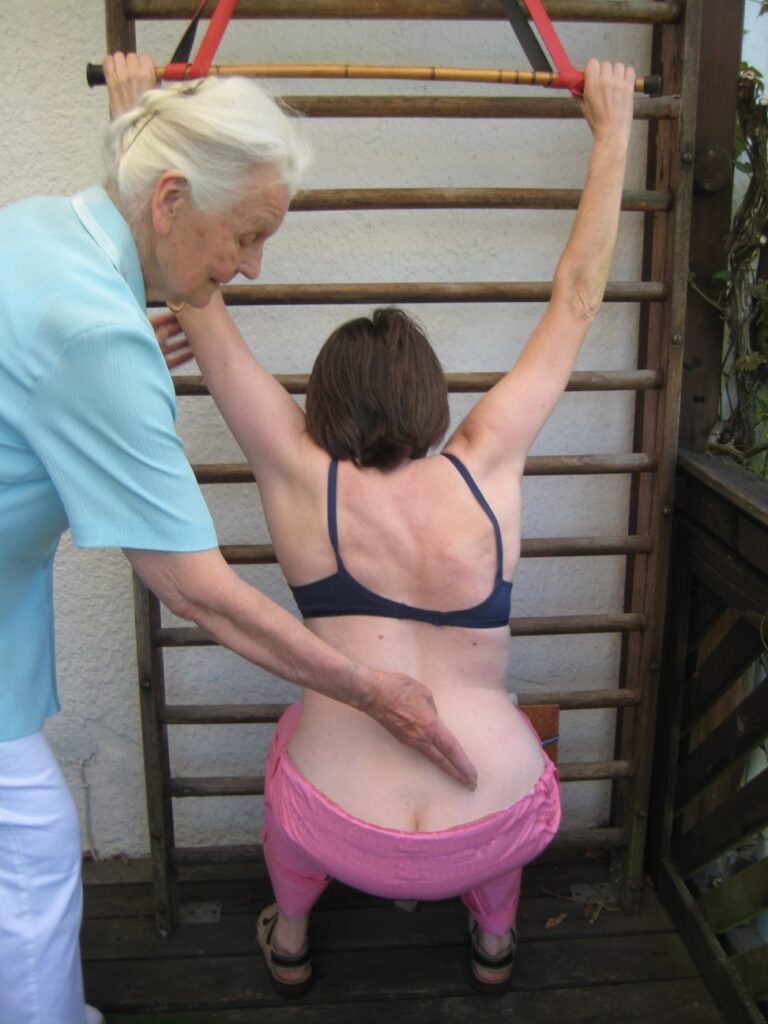
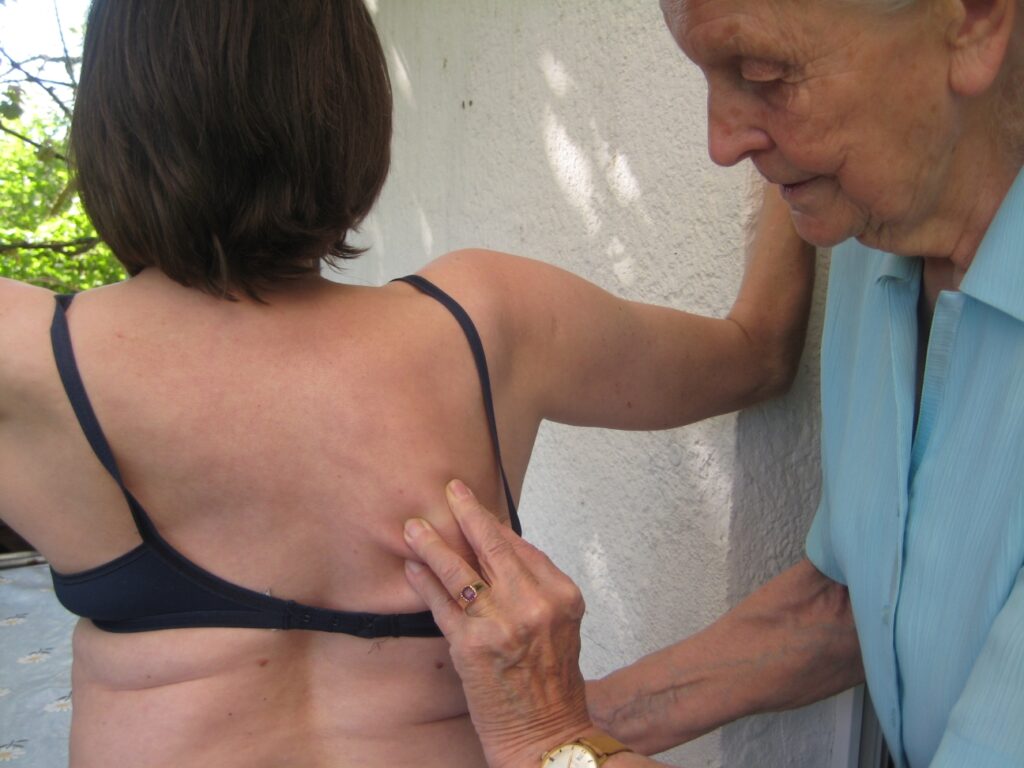
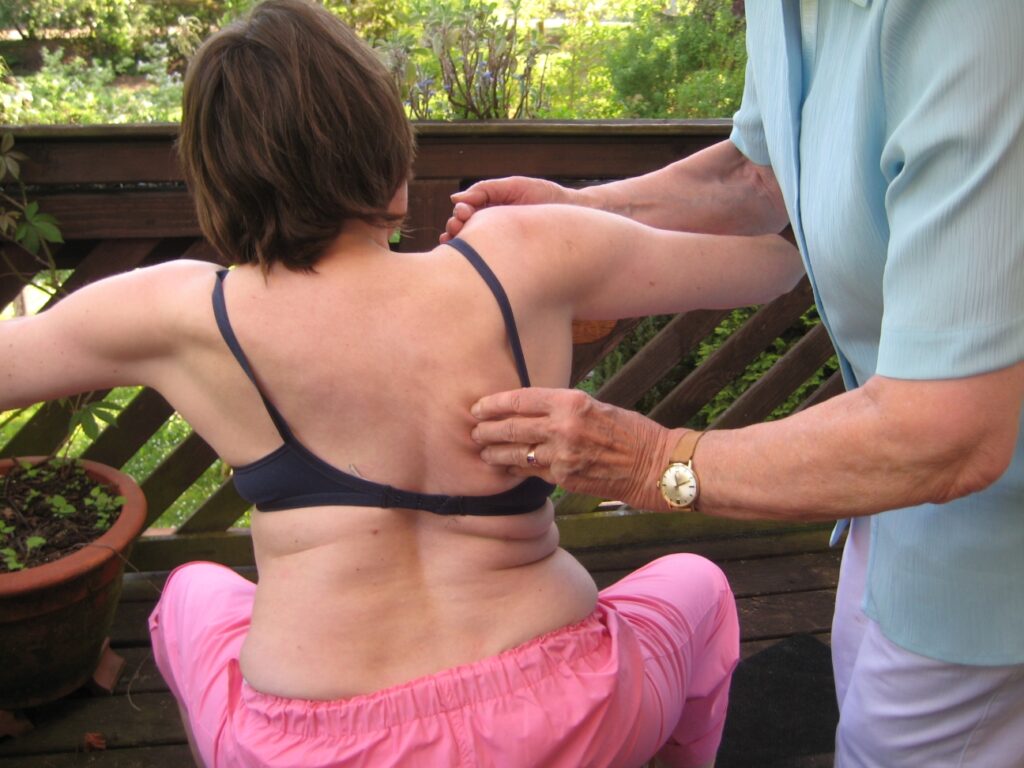
The Definitive Handbook
on Schroth Exercises

Written by Christa Lehnert-Schroth, P.T. this book includes:
- Over 100 scoliosis exercises – with photos
- Treatments for 3, as well as 4-curve configurations, which the author discovered, and which are actually more common than many doctors realize
- Exercises for Scheuermann’s kyphosis, flatback, hollow-back syndrome (hyperlordosis), lumbar kyphosis, spondylolisthesis, and related pathologies
"I use this book daily in my practice, both for my own information and for the patients. I usually ask the patient or parent to buy the book before therapy begins. It helps me teach more efficiently and saves the patient therapy time and expense."
Beatriz Torres, PT, Palo Alto, California
Schroth Exercises for Scoliosis Address the Real Cause
All scoliosis cases involve asymmetrical muscles. A scoliotic spine twists abnormally due to strength and bulk imbalances among muscle groups in the back and elsewhere (such as lower extremities) that are supposed to be equal. For whatever reason, some muscles on one side of the back grow stronger than the opposing group on the other side and pull harder. The weaker ones cannot maintain a balance, so the scoliosis cycle begins and gradually worsens under the asymmetrical loads.
How the spine initially began to twist (whether due to muscle degenerative disease or unknown causes) is less important than recognizing the imbalances. Identify the imbalances and you can treat the problem.
For some examples of Schroth-method scoliosis exercises applied to a specific case, see the scoliosis exercises page.
An effective regimen of exercises for scoliosis must follow careful diagnosis of which muscle groups in a patient’s body are too weak, and which are overdeveloped and tight. Then the therapist designs a program to restore normal balance. Each person’s scoliosis deformity is somewhat unique, so a therapist tailors the scoliosis exercises individually. Some exercises which greatly benefit one patient may be counterproductive for another who has a different abnormal spinal configuration, and some are bad for all scoliotics. See examples of counterproductive yoga-for-scoliosis exercises.
The regimen of muscle-strengthening and stretching exercises aims to derotate and elongate the spine back into its normal position. The patient must do the scoliosis exercises for about 1/2 hour daily. Patient compliance is extremely important, and it’s hard work. However, consider the benefits. The Schroth method gives a patient the knowledge and tools to control her or his own postural health, lifelong.
3 Success Stories
X-rays were made of 107 patients at the beginning and end of a 4-6 week in-patient exercise program at the Katharina-Schroth Clinic.
- Before treatment: average Cobb angle was 43.06 degrees
- After treatment: average Cobb angle was 38.96 degrees
43.93% of the patients showed curve improvement of 5+ degrees
813 Schroth inpatients treated at the Schroth clinic between 1984 and 1987 increased their:
- Vital capacity (the amount of air you can exhale after full inhalation) between 14% and 19%
- Chest expansion more than 20%
The study compares incidence of surgery in two groups of scoliosis patients:
- 343 females with average curvature of 33.4 degrees, who had conservative treatment at the Schroth clinic between 1993 and 1996, and
- 153 patients reported by a center in Ireland in 2001.
All were at least 15 years of age at the time they were last investigated or questioned.
7.3% of Schroth AIS patients went on to have surgery, compared with 28% in the control group with the same diagnosis.
Find Out How the Schroth Method for Scoliosis Can Help You
Educate yourself on the exercises that therapists use to treat scoliosis
Additional Resources
Why Schroth Method?
- Reduces Pain
- Stops Curve Progression
- Increases Lung Capacity
Without the need for surgery.
Try Schroth Exercises first!
The information and links to therapists provided on this site are intended for informational purposes only. While we strive to ensure the accuracy and currency of our listings, we cannot guarantee that all information is up-to-date or that all therapists are currently accepting new clients. We strongly recommend that you perform your own due diligence by conducting a thorough Google search and verifying the credentials, availability, and suitability of any therapist you wish to contact. This site does not endorse or recommend any specific therapist and assumes no responsibility for the services provided by any listed professional. Your use of this site and reliance on any information provided is solely at your own risk.
